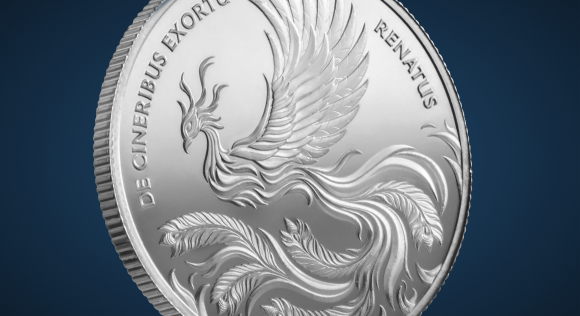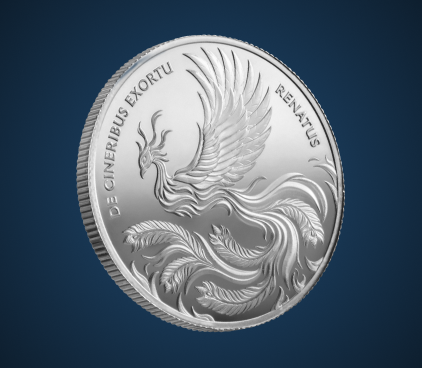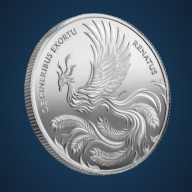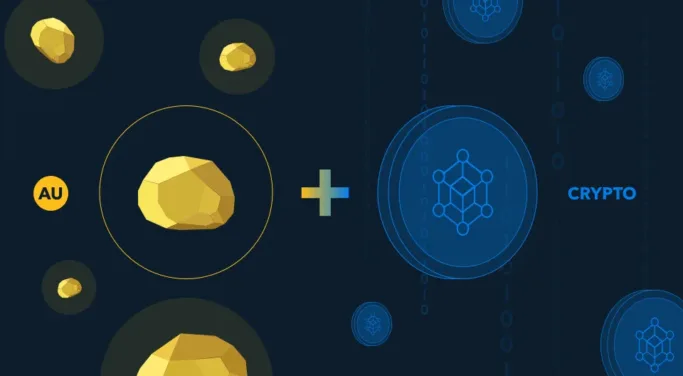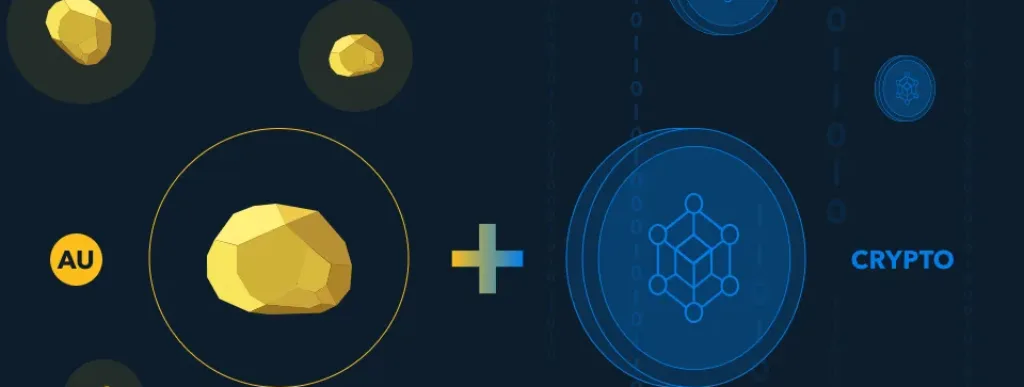For much of history, money was backed by gold. Now, it’s not the Fed’s gold reserves that gives money value, but belief in the government of the United States and the international trading system.
The most precious metal is no longer part of the monetary system. However, many institutions still invest in gold because it holds its value in the long term.
For that reason, gold-backed cryptocurrencies are attracting the interest of investors worldwide. In this article, we’ll find out why.
Gold-backed currencies in the past
The UK first invented the gold standard in 1861 to stabilise its economy during increased globalisation. America followed suit in 1879. The U.S. had a break from the Gold Standard to battle the Great Depression and went back on to it after signing the Bretton Woods Agreement.
While being on the Gold Standard provides some level of predictability, it’s not without its problems. The main issue is that it’s hard to allocate and grow resources based on volumes of physical gold bullion reserves.
It was very useful however for international trade, as Rupert Rowling, a Market Analyst for Kinesis, states:
“The gold standard was a monetary system where the value of a country’s currency was directly linked to the amount of gold holdings it possessed. “The gold standard made for easy currency exchanges. That’s because the rates were pegged back to the underlying gold supporting the individual currencies.”
The U.S. walked away from the Bretton Woods Agreement in 1971, choosing to adopt fiat money instead.
What is gold-backed crypto?
A cryptocurrency backed by gold or silver is like a modern reimagining of the gold standard. It’s a return to a monetary system whose value comes from secure, vaulted and audited gold and silver.
Standard digital assets lack intrinsic value and suffer high price volatility. In contrast, gold-backed crypto is more stable because of the worth of their underlying assets.
Investors know that their price will never be lower than the price of the gold and silver that back a digital currency. This greater price predictability is why gold-backed crypto is sometimes known as a stablecoin.
The growing investor and institutional appetite for gold crypto
Gold used to be a common form of currency. Putting it on the blockchain will make it an asset that people can use to buy and spend around the world again. Investors get the best of both worlds with Kinesis. They get the convenience and opportunities of the blockchain and the stability of value of a gold standard system.
The higher the value of gold, the stronger and more stable crypto linked to it is.
Historically, gold has been a safe investment. It has low price volatility. There is a limited supply of gold since finding and mining it is difficult.
Buying and selling gold is easy thanks to the demand for the metal and the liquidity of the market. It is less susceptible to the whims of the market during times of economic uncertainty.
These attributes have made gold crypto a very attractive investment option in recent years.
Geopolitics is also a factor to take flight from the dollar whose value has plunged 97% in the last century.
Reports in January 2023 suggest Russia and Iran want to launch a gold-backed cryptocurrency to replace the dollar. The BRICS nations have accelerated their efforts to “de-dollarise” international trade. They also plan to introduce a new gold-backed currency.
In April 2023, even the State of Texas announced a proposal to launch a gold-backed digital currency.
The pros and cons of a gold-backed cryptocurrency
Arguments in favour of crypto backed by gold include:
- Stability: The link to the current gold price, the most precious metal, which is historically stable. It also provides holders with a hedge against inflation and a more stable exchange rate.
- Easy to understand: Price spikes and troughs in Bitcoin and other cryptos can seem random, even arbitrary. With a gold-backed stablecoin, study the gold market to make informed investment decisions.
- Easy to store: It costs money to store and transport gold. By using it as a trading asset, you should pay lower fees making it more convenient and profitable.
- Accessibility: Holders can easily access tokenised gold and silver on blockchain trading platforms. They also benefit from easier trading, higher security and greater transparency.
- No banks: Transferring money via the blockchain is faster, easier and less prone to the fluctuations of trading money globally.
Revisiting the idea of using a store of value as a currency price determinant appears more self-evident than ever. Latifa Alkhanjary, Kinesis’ in-house Journalist, explains:
“Despite the eradication of the gold standard in 1971, it is clear that the enduring value of this precious metal persists today. As central banks follow suit with digital currencies set to represent fiat, the direction towards digital rather than paper money is already well underway.”
Arguments against crypto gold include:
- No yield: Stocks, bonds and rental properties have income streams. People want their money to make them more money.
- Gresham’s Law: Gresham’s Law dictates that “bad money drives out good money.” People might spend their gold crypto before their paper fiat. Hoarding gold-backed crypto because of their higher value may actually limit their widespread use.
- Regulation: Profits on crypto are subject to take. However as, in most territories, capital gains have lower tax rates than labour, this is not necessarily a big deal right now.
- Cybersecurity: Bank and gold heists are rare but cybercriminals do target digital assets. Investors should take caution to avoid fraudulent trading platforms.
- Trust: That fine troy ounce of gold backing your crypto might not be in a safe location. You may not personally know the people in charge of storing and auditing it. You have no guarantee they have insured your gold properly.
The Kinesis take on gold-backed cryptocurrencies
The pros in the above list should be fairly convincing. However, to make a gold-backed crypto a viable investment and means of exchange, we needed to address the cons.
Yield is a factor. Kinesis introduced a passive Holder’s yield on digitalised gold and silver currencies, which allows investors to earn physical gold simply by holding these assets in their Kinesis account.
Earning a yield on your investments linked to holding, sending, or trading incentivises the use of these tokens., which defeats the potential impact of Gresham’s Law.
What’s exciting about Kinesis Gold (KAU) is that it also democratises owning and holding gold. Individuals can buy and sell small units of gold digitally. There’s no need to store it or transport it when they want to trade it. There’s no large minimum trading order. KAU helps to break down the barriers of the gold market and enable more people to invest in gold.
Discover how you can make your money work for you with our gold-backed digital asset today.
Sean creates informative content on cryptocurrency trends and markets. Passionate about the industry, Sean strives to help investors and traders understand cryptocurrencies further and guide them throughout their investment journey.
This publication is for informational purposes only and is not intended to be a solicitation, offering or recommendation of any security, commodity, derivative, investment management service or advisory service and is not commodity trading advice. This publication does not intend to provide investment, tax or legal advice on either a general or specific basis. The opinions expressed in this article, do not purport to reflect the official policy or position of Kinesis.
Read our Editorial Guidelines here






